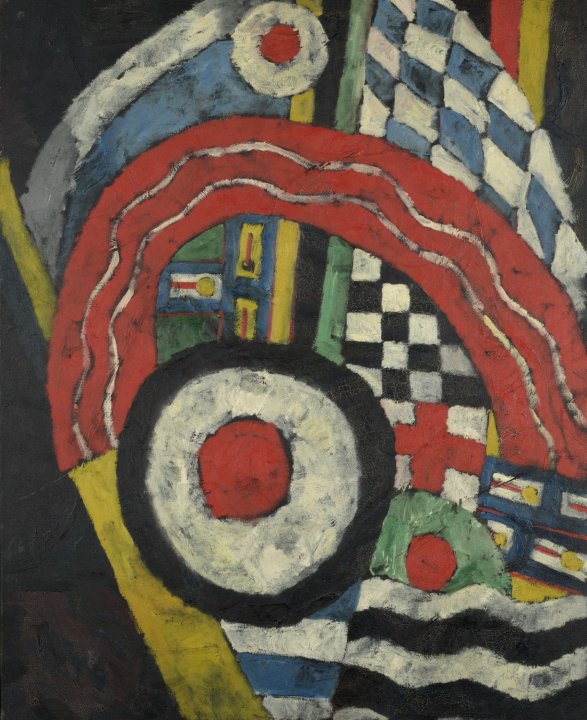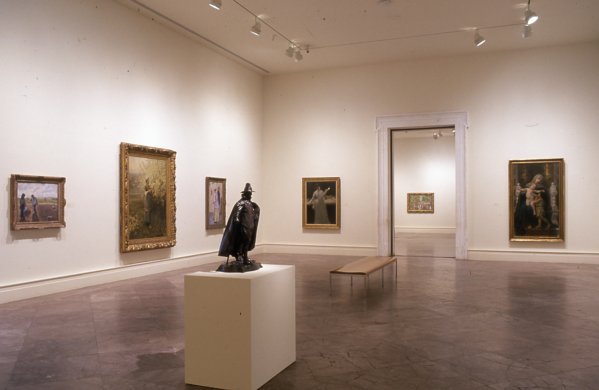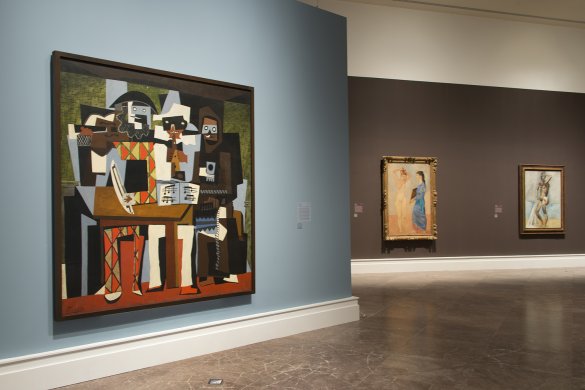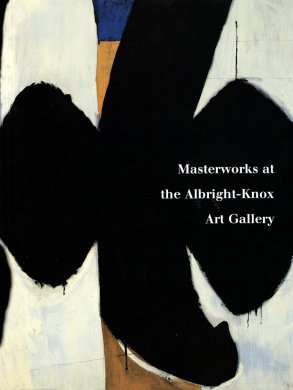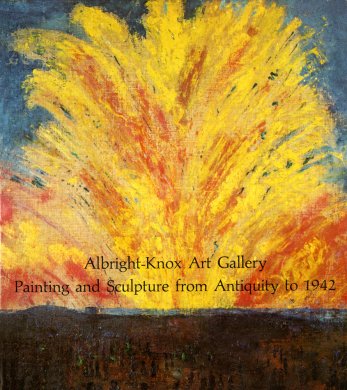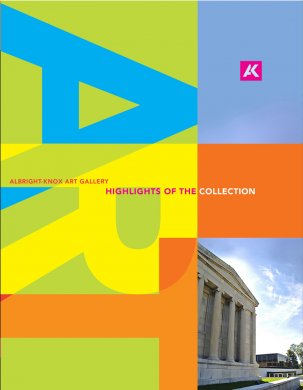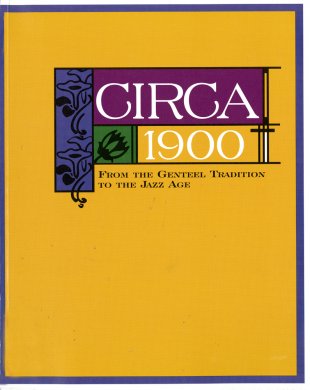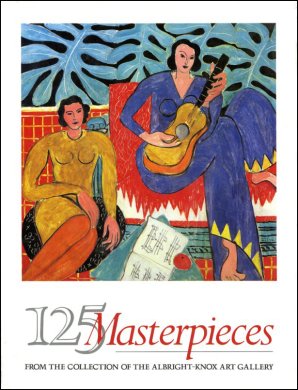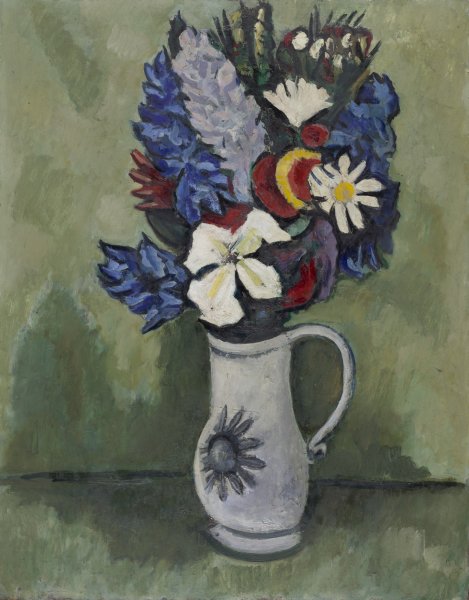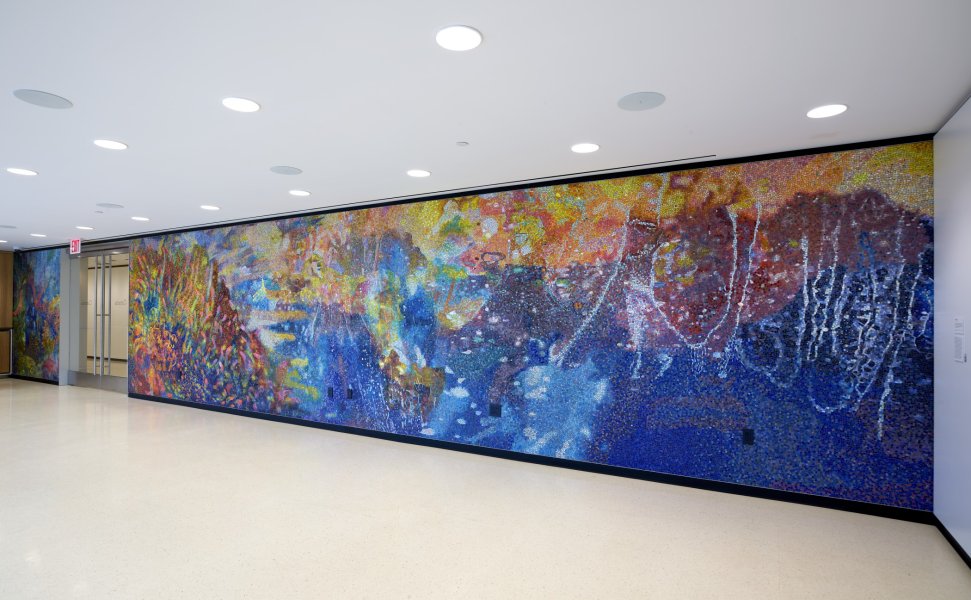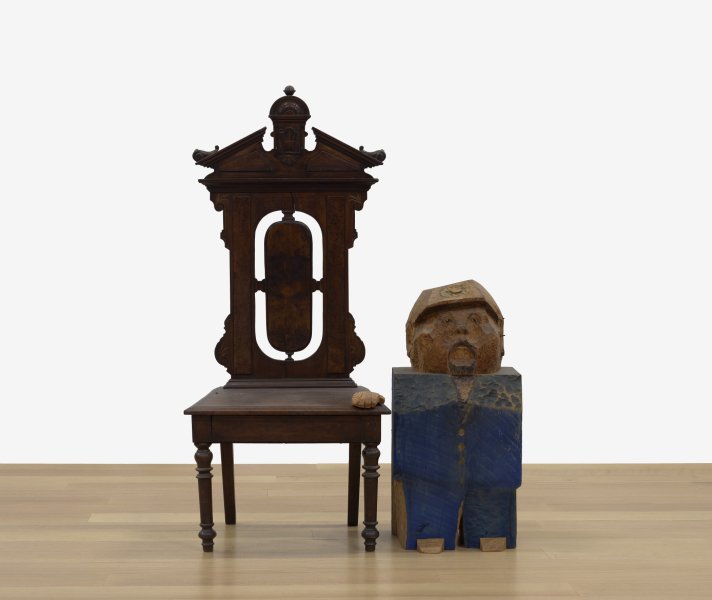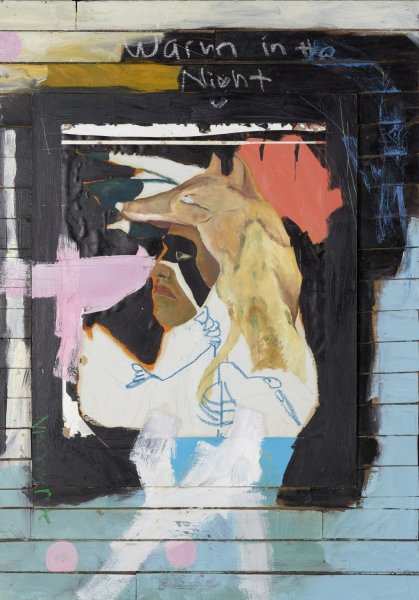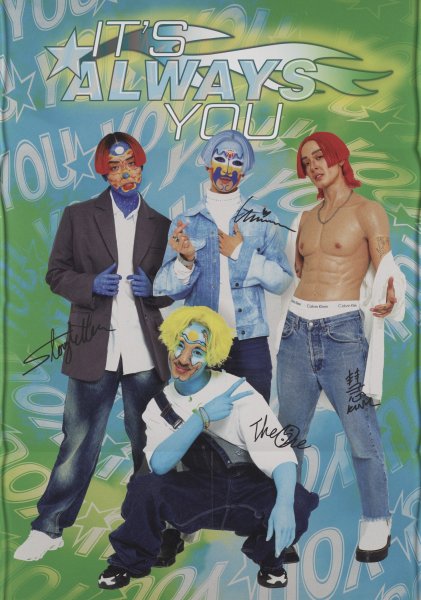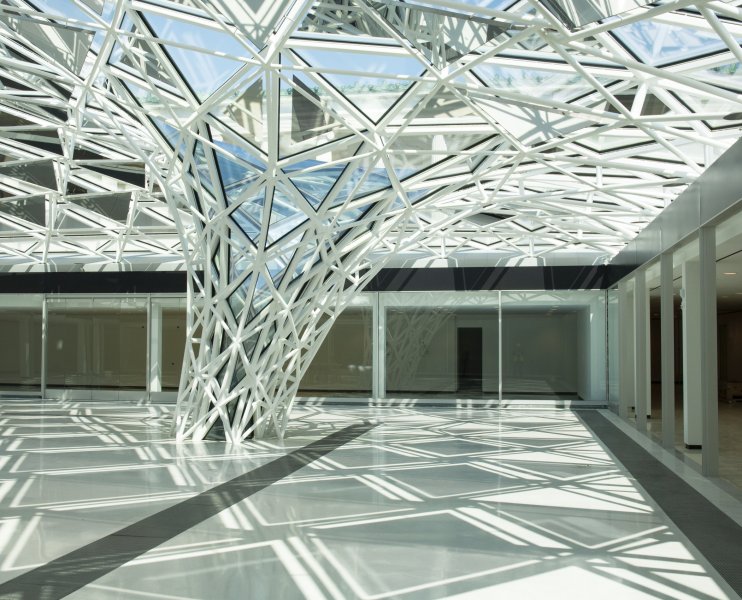Marsden Hartley
American, 1877-1943
Painting No. 46, 1914-1915
Artwork Details
Currently on View
Collection Highlight
Materials
oil on canvas
Measurements
support: 39 1/4 x 32 inches (99.69 x 81.28 cm); framed: 40 3/4 x 36 3/16 x 1 1/4 inches (103.51 x 91.92 x 3.18 cm)
Collection Buffalo AKG Art Museum
Credit
Philip Kirwen Fund, 1956
Accession ID
1956:5
Marsden Hartley was an active member of both the American and European avant-gardes, forming close associations with artists including the trailblazing photographer and New York–based art dealer Alfred Stieglitz, who encouraged him to move to Berlin in 1913. There, Hartley became friends with and likely developed a romantic interest in Karl von Freyburg (German, 1889–1914), who was killed in combat during the first weeks of World War I (1914–1918). The artist visually mourned his loss in what is known as his “War Motifs” series, which includes Painting No. 46. While this portrait of von Freyburg includes recognizable trappings of a military uniform, it is anything but figurative. Hartley also employed iconography unique to his subject to distinguish his friend from the anonymity of the military; for instance, the checkered black and white pattern is believed to allude to von Freyburg’s fondness for chess.
Due to political tensions throughout Germany and the United States at the time of the works’ debut, the artist felt it was necessary to hide the personal meaning and symbolism of his paintings from the public, and he insisted on a purely formal analysis of the work. As a result, audiences in both countries acutely misinterpreted the artist’s desires. Many felt that the series was too abstract and indifferent toward the sufferings of the time, missing Hartley’s intention to convey both formal and symbolic depth in his imagery.
